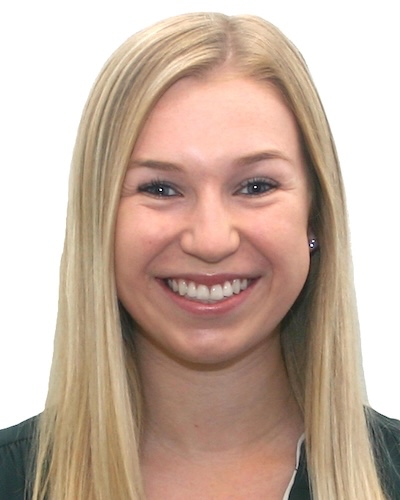From Patient to Practitioner

October 30, 2018
by Jessica P.
Growing up as a competitive figure skater, I was no stranger to frequent emergency room visits. From broken bones to run over fingers, I had it all. For me going to different orthopedic doctors and physical therapy was as much part of my weekly routine as going to school or practice. I think this is where my love of the healthcare fields grew. I knew firsthand how much different injuries impacted my own engagement in one of my favorite occupations, figure skating.
My senior year of high school, while training to compete for Team USA, I suffered an injury while practicing lifts with my teammates. I was devastated that my competitive career had to come to an end and I felt like there was a hole in my life where the sport I had dedicated my life to once was. Luckily, I was able to find ways to stay involved with the sport as I left for college. I joined the USC Ice Girls and cheered on the USC men’s ice hockey team at weekly games. I even learned how to use hockey skates for the first time in my life, which is no easy feat for a former figure skater! I felt that this experience really helped me understand some of the transitions in roles that my patients also go through when they can no longer engage in their meaningful occupations in the same way that they once did. But still, when I would meet a lot of my patients I would think to myself “I can’t even imagine what they are going through.”
And it was true, until this past year. After a complication from a routine surgery in January, I spent the first week of my spring semester in Keck Hospital of USC. This experience completely changed how I look at and approach a lot of my patients, especially when working in an inpatient setting. I finally felt I could understand what it was like to be in this unfamiliar environment, in a bed that’s not your own, and machines beeping at all hours of the night. All I kept thinking was, I want to get back to class. My biggest role at that time was that as a student and because I wasn’t able to participate in that, I didn’t know what else to do.
My interactions with my own healthcare team taught me lessons about what I liked from these providers and what I hope to provide to my patients. I think it renewed my therapeutic use of self, especially in taking an empathetic approach with everyone I encounter. While being a patient is not usually a fun experience, it was a valuable one.
⋯
Next by tag What are OS/OT? ⟩
⋯





